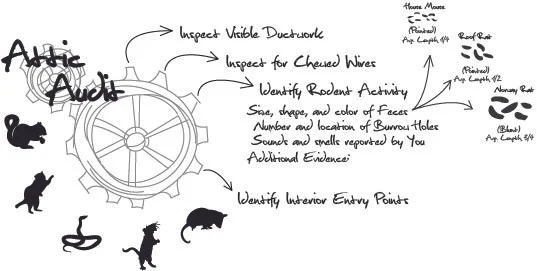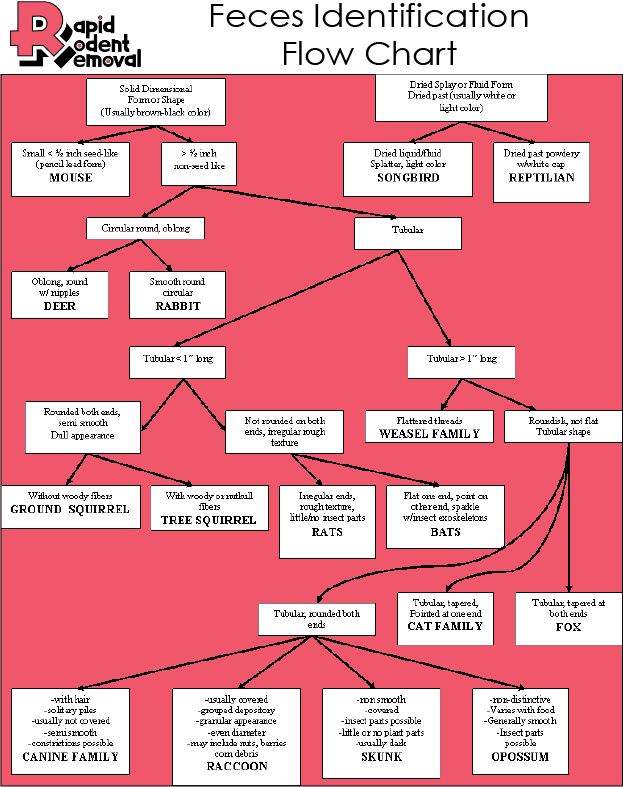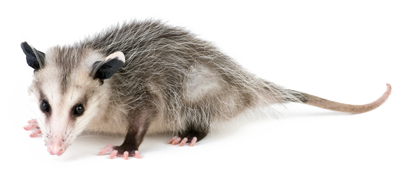What is a vole ?
Unraveling the Mystery of Voles: All You Need to Know
Voles are small rodents that often wreak havoc in gardens and landscapes. Discover their characteristics, habitat, and how to effectively control them.
Table of Contents
Introduction to Voles
Types of Voles: A Closer Look
Vole Habitat and Behavior
Distinguishing Voles from Other Rodents
The Impact of Voles on Gardens and Landscapes
Vole Control and Prevention
Conclusion
Introduction to Voles
Voles, scientifically known as Microtus spp., are small, elusive rodents that belong to the family Cricetidae. They are often confused with other small mammals like mice and moles due to their similar appearance. However, voles have unique characteristics that set them apart, including their round, compact bodies, short tails, and hidden ears.
we recommend scheduling a free rodent control inspection, with Rapid Rodent Removal. Since all living things need food, water, and shelter to survive, it is not uncommon for a critter to seek shelter in your property. As we continue to industrialize, the habitat available to all wildlife is continuously shrinking while the population of wildlife is increasing.
Click below to further figure out which animal is plaguing your home for Wildlife Removal.
Types of Voles: A Closer Look
There are over 150 species of voles worldwide, with more than 20 species found in North America alone. The most common species in the United States include:
Meadow voles (Microtus pennsylvanicus): Found in grassy areas, meadows, and fields across the country, they are the most widespread vole species.
Prairie voles (Microtus ochrogaster): These voles inhabit prairies and grasslands in the central United States.
Pine voles (Microtus pinetorum): Common in the eastern United States, they prefer wooded habitats with abundant ground cover.
Vole Habitat and Behavior
Voles are highly adaptable creatures and can be found in a variety of habitats, including grasslands, meadows, forests, and even residential areas. They prefer locations with dense vegetation, which offers them protection from predators and an abundant food supply.
These small mammals are mostly herbivorous, feeding on a diet of plant matter such as grasses, seeds, tubers, and tree bark. They are active throughout the year, day and night, and exhibit a high reproductive rate, with females capable of producing multiple litters annually.
Distinguishing Voles from Other Rodents
Voles share many physical similarities with other rodents, particularly mice and moles, which can lead to confusion. Here are some key differences to help identify voles:
Body Shape: Voles have round, stout bodies, whereas mice are more slender with elongated bodies.
Tail Length: Voles possess short tails, while mice and moles have longer tails.
Ear Visibility: The ears of voles are small and hidden beneath their fur, while mice have prominent, visible ears.
The Impact of Voles on Gardens and Landscapes
Voles can cause significant damage to gardens, lawns, and landscapes due to their feeding habits and burrowing behavior. Common signs of vole presence include:
Surface Runways: Voles create intricate networks of above-ground runways in grassy areas, which can be easily spotted as narrow, worn-down paths.
Burrow Entrances: Voles dig small burrows with openings about 1 to 2 inches in diameter, which can be found throughout their territory.
Damaged Plants: Voles feed on the roots, tubers, and bark of various plants, causing wilting, yellowing, and even the death of the affected plants.
Girdled Trees: Voles can chew the bark off the base of trees, especially during winter months when food is scarce. This girdling can lead to the decline or death of trees.
<a name="vole-control-and-prevention"></a>
Vole Control and Prevention
Effective vole control and prevention strategies can help minimize the impact of these rodents on your property. Consider implementing the following measures:
Habitat Modification: Reduce vole-friendly habitats by mowing grass regularly, removing brush piles, and maintaining a clean landscape.
Physical Barriers: Install hardware cloth or wire mesh around the base of trees and shrubs to prevent voles from girdling.
Trapping: Place snap traps or live traps along vole runways to capture and remove them from your property.
Repellents: Utilize vole repellents, such as those containing castor oil or capsaicin, to deter voles from feeding on plants and entering specific areas.
Predator Encouragement: Attract natural predators like owls, hawks, and snakes by installing nesting boxes or providing suitable habitats.
Conclusion
Voles are small, unassuming rodents that can cause extensive damage to gardens and landscapes if left unchecked. By understanding their characteristics, habitat, and behavior, you can take effective steps to control and prevent vole infestations on your property. Implementing a combination of habitat modification, physical barriers, trapping, repellents, and encouraging natural predators can help keep these pesky rodents at bay.
All About Animals …
Suspendisse nec congue purus. Aenean eu justo sed elit dignissim aliquam. Suspendisse nec congue purus. Class aptent taciti sociosqu ad litora torquent per conubia nostra, per inceptos himenaeos.
RATS
SQUIRRELS
RACCOONS
OPOSSUMS
SNAKES
BATS
WILDLIFE REMOVAL
articles:
What does a rat nest look like ?
What is a Squirrel King










